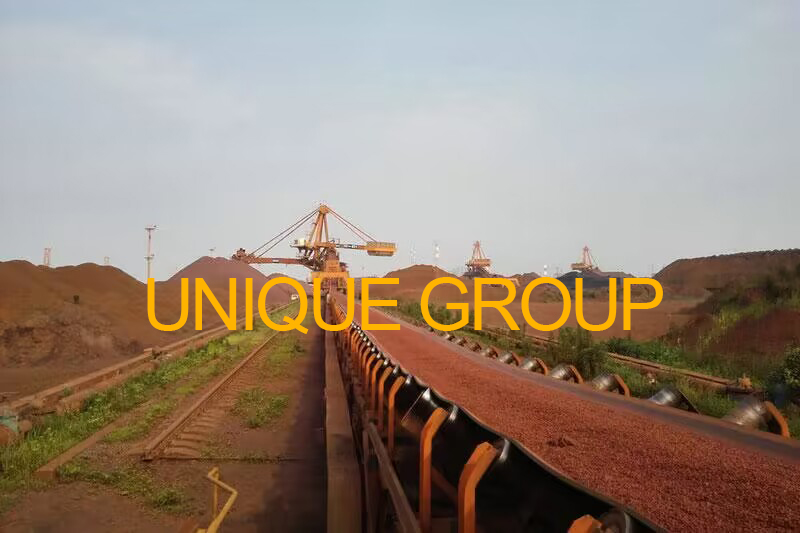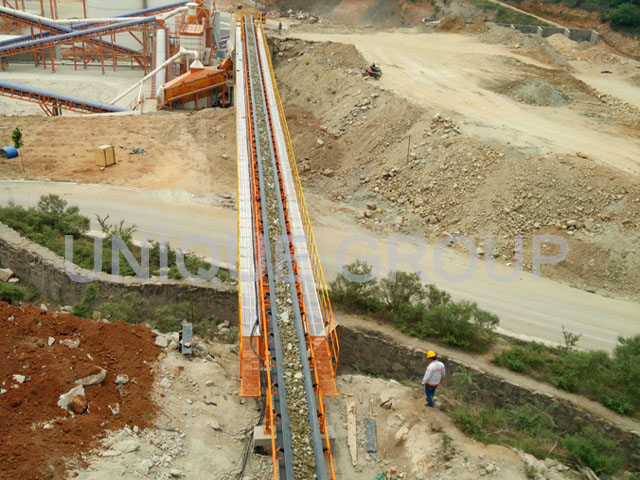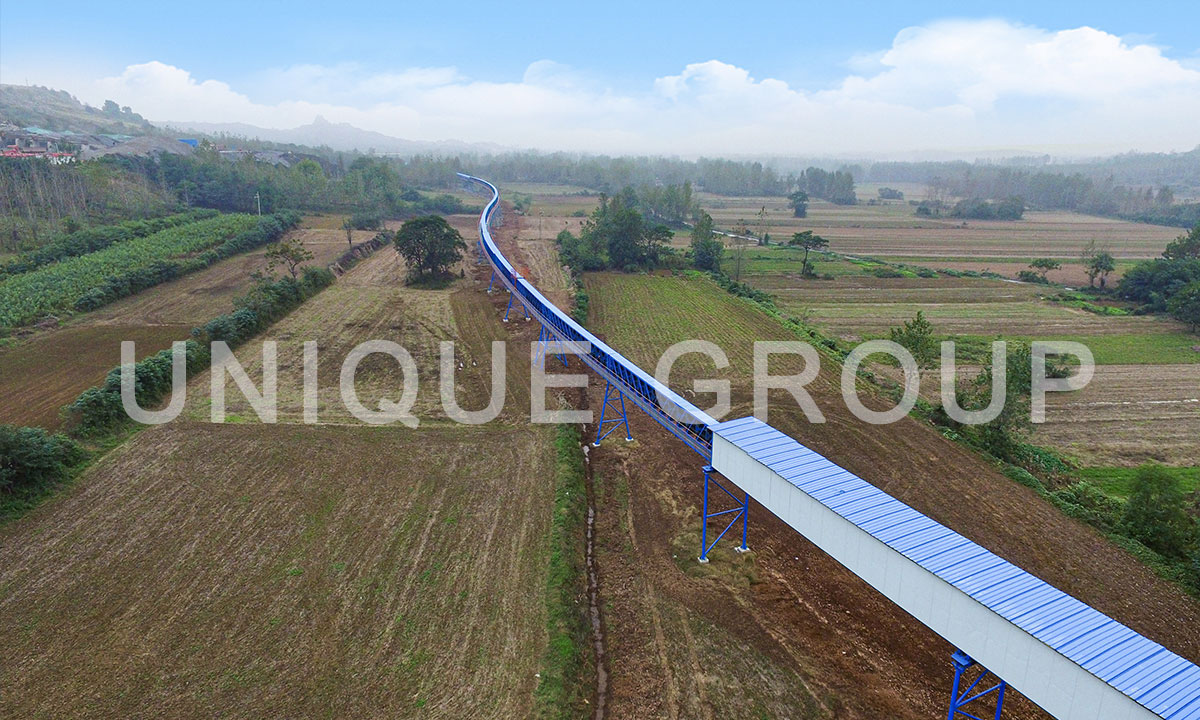
Conveyor Belt – The looped material that carries the load (usually made of rubber, PVC, fabric, or metal).
Pulleys –
Drive Pulley (head pulley): Powered by a motor to move the belt.
Idler Pulley (tail pulley): Helps maintain belt tension and direction.
Snub/Bend Pulleys: Adjust belt wrap around the drive pulley.
Motor & Gearbox – Provides power to rotate the drive pulley.
Rollers/Idlers – Support the belt and load (carrying idlers on top, return idlers underneath).
Frame – Structural support for the entire system.
Loading & Discharge Points – Where material is fed onto or unloaded from the belt.
Belt Cleaners & Scrapers – Remove material sticking to the belt.
Take-up Unit – Maintains proper belt tension.

Power Transmission: The motor drives the drive pulley, causing the belt to move.
Material Loading: Bulk or packaged goods are placed on the belt at the loading point (hopper or feeder).
Belt Movement: The rotating drive pulley moves the belt in a continuous loop (linear or inclined/declined).
Material Transport: The belt carries the material along its path, supported by idler rollers to prevent sagging.
Discharge: At the end (or intermediate points), material is unloaded via gravity or a discharge chute.
Return Loop: The empty belt returns underneath to the starting point, supported by return idlers.

Can operate horizontally, inclined, or declined.
Speed and load capacity depend on belt width, motor power, and design.
Used in industries like mining, manufacturing, airports, warehouses, and food processing.
✔ High efficiency & continuous transport
✔ Handles a wide range of materials (powders, grains, boxes, etc.)
✔ Low labor cost & customizable layouts
Would you like details on specific types (e.g., troughed belt, modular belt, or magnetic belt conveyors)?